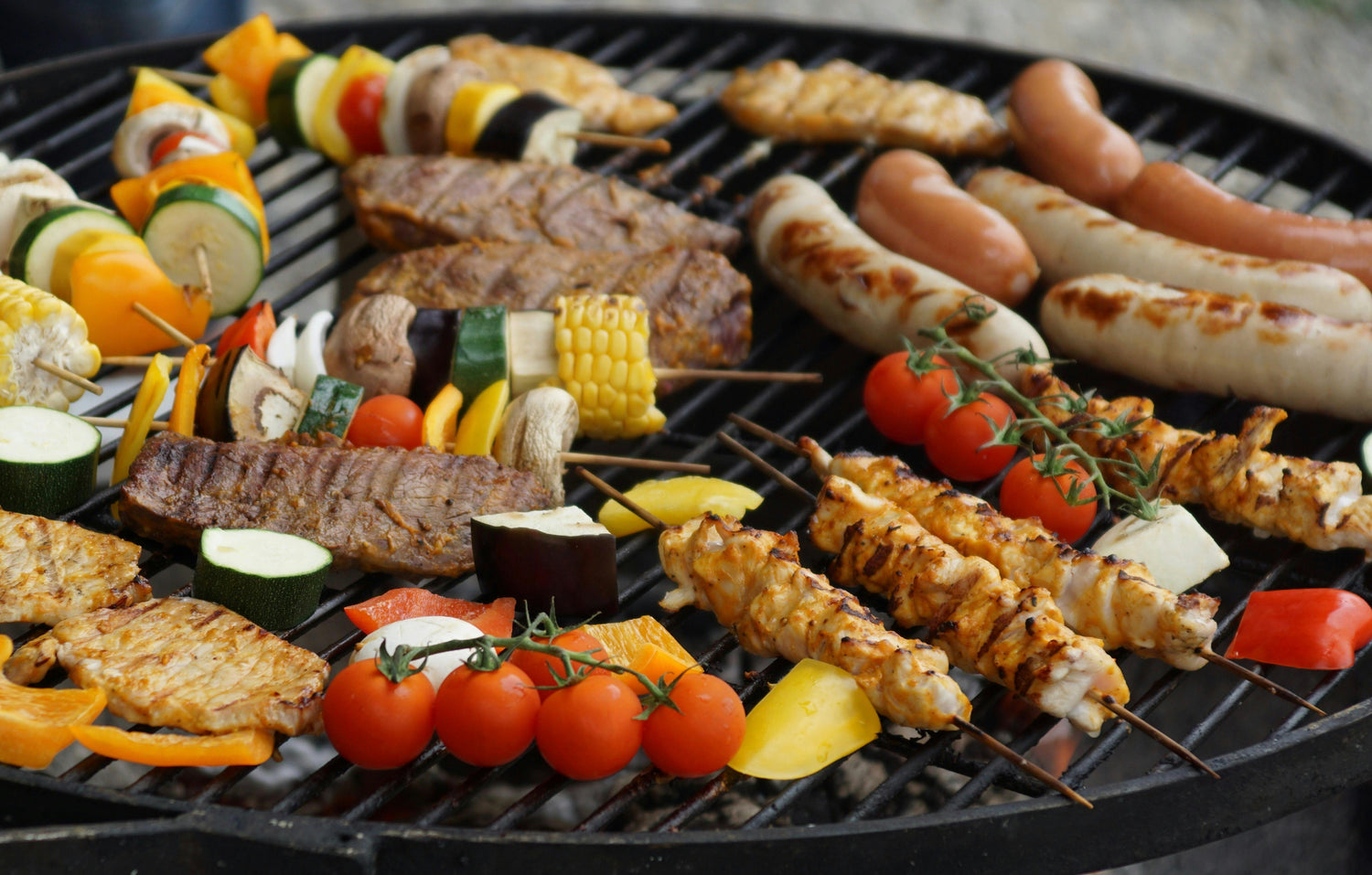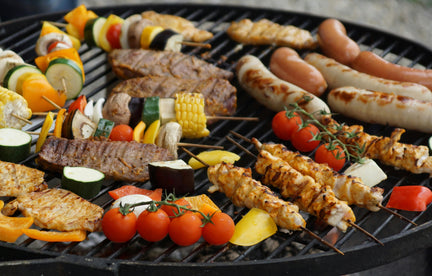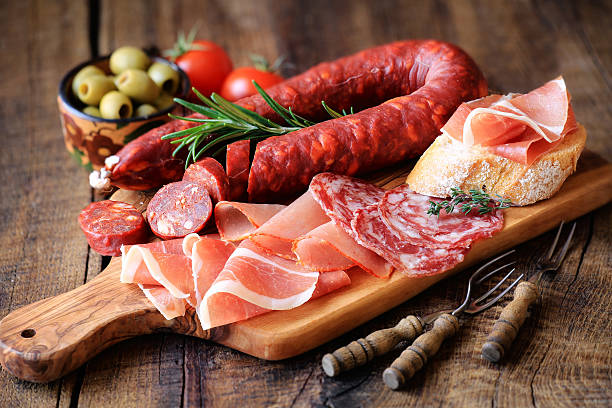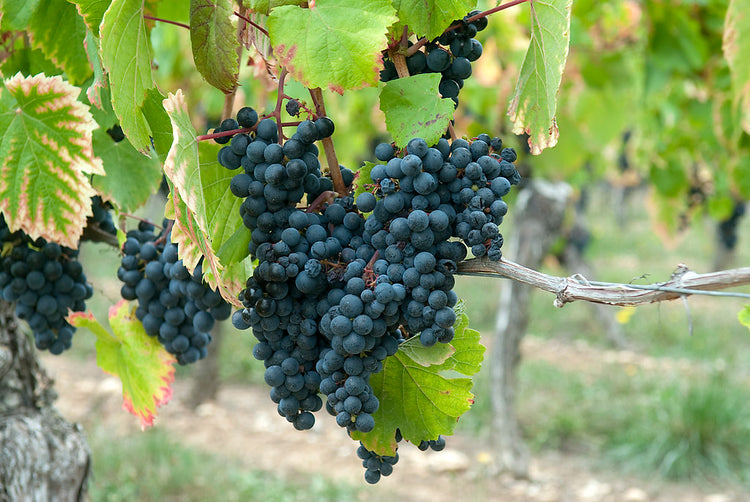
Tempranillo
Tempranillo is a prominent red wine grape variety native to Spain, often referred to as the “noble grape” of the country.
All about Tempranillo
Appearance
- Color: Typically exhibits a deep ruby to garnet hue, depending on its age and regional variation.
- Opacity: Generally medium to high opacity, reflecting the grape’s thick skins and the wine’s concentration.
Aroma
- Primary Aromas: Red and black fruits such as cherry, strawberry, plum, and blackberry.
- Secondary Aromas: Notes of clove, cinnamon, tobacco, and sometimes herbal elements like dill or thyme, influenced by the fermentation process.
- Tertiary Aromas: With aging, Tempranillo can develop complex aromas such as leather, cedar, dried fig, and sometimes earthy undertones like mushroom or truffle.
Flavor Profile
- Fruit Flavors: A mix of red and dark fruits including cherry, strawberry, plum, and sometimes blackcurrant.
- Other Flavors: Notes of tobacco, leather, and spices such as clove and nutmeg. Some aged versions exhibit flavors of vanilla, coconut, and dill, particularly if aged in American oak barrels.
- Oak Influence: Tempranillo wines often undergo oak aging, which can range from six months to over two years. The type of oak (American or French) used greatly influences the flavor, adding vanilla, coconut, and sweet spices in American oak or more subtle toasty notes from French oak.
Structure
- Body:Medium to full-bodied, providing a rich and rounded mouthfeel.
- Tannins: Medium to high tannins, contributing to a firm structure that allows for good aging potential.
- Acidity: Medium acidity, which balances the fruit flavors and adds a refreshing finish.
- Alcohol: Between 13% and 15%
Join the club
Get this varietal often & more delivered to your doorstep when you join our wine club!
Classic Series Membership
Regular price
From $39
Regular price
Sale price
From $39
Unit price
/
per
Vintners Series Membership
Regular price
From $42
Regular price
Sale price
From $42
Unit price
/
per
Limited Series Membership
Regular price
From $52
Regular price
Sale price
From $52
Unit price
/
per
Pairings for Tempranillo










